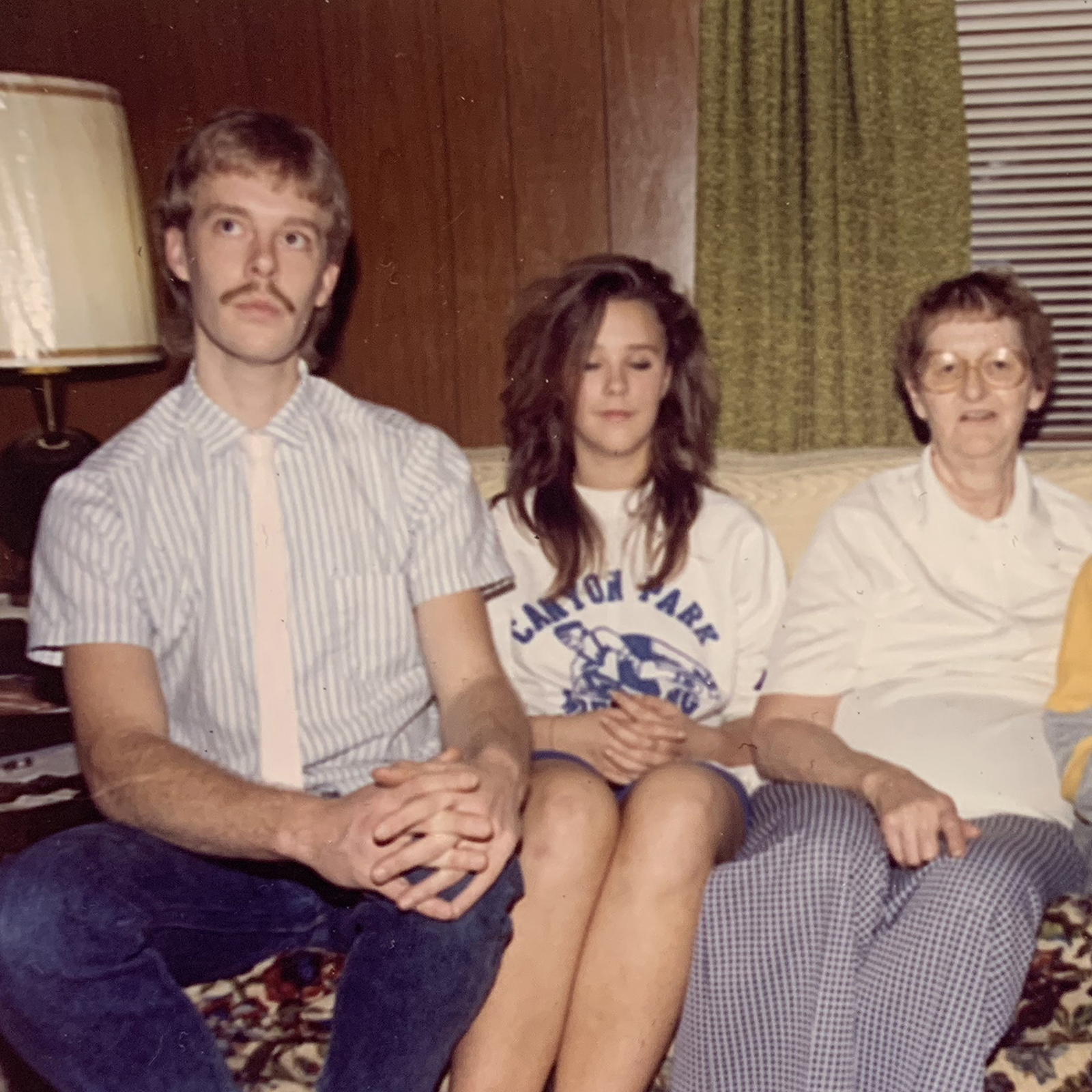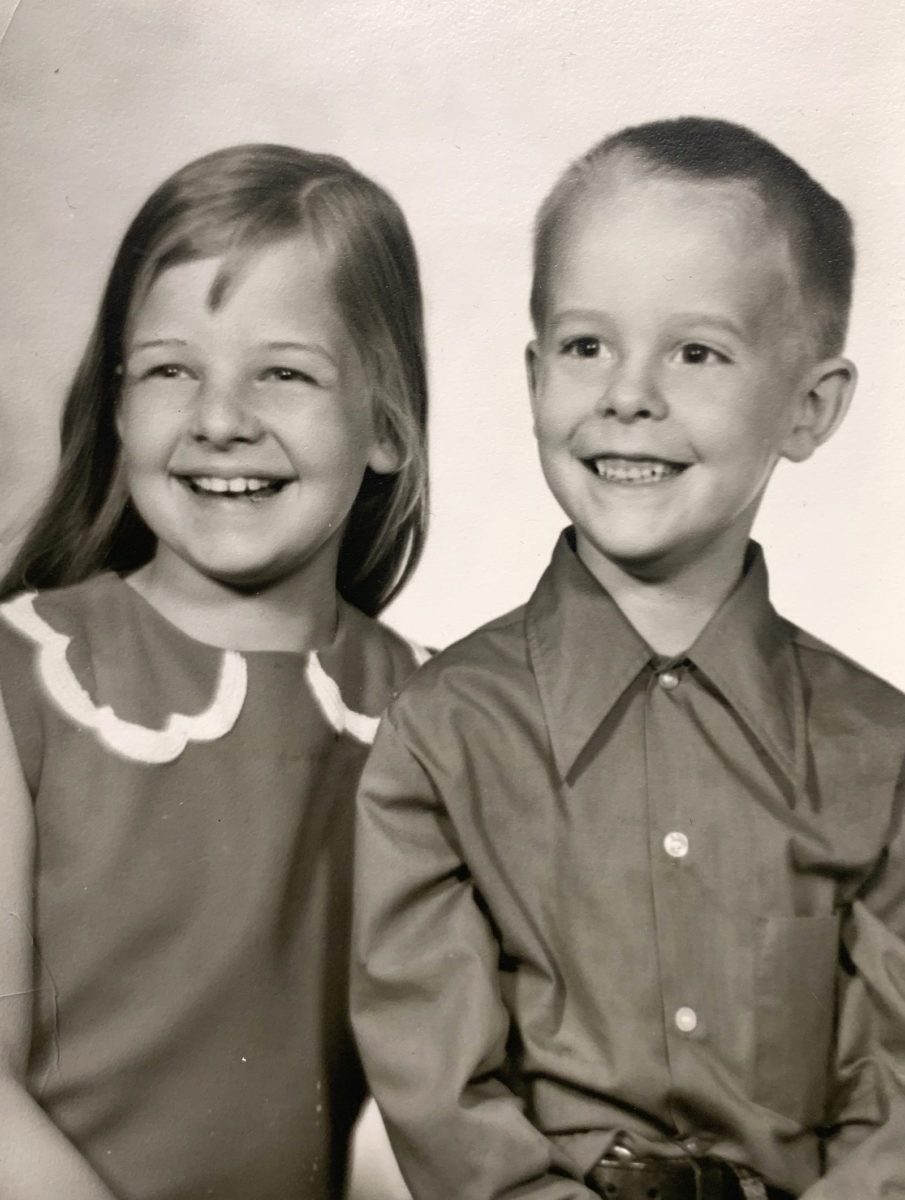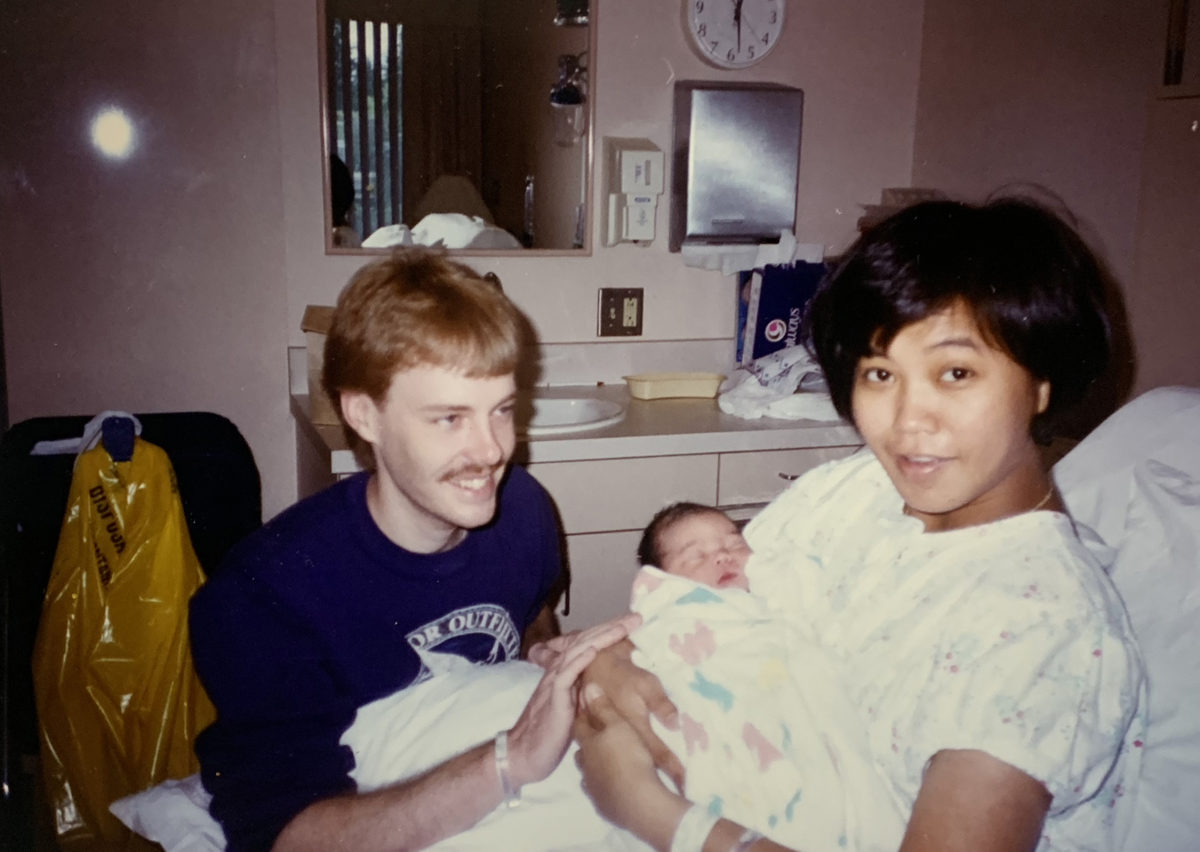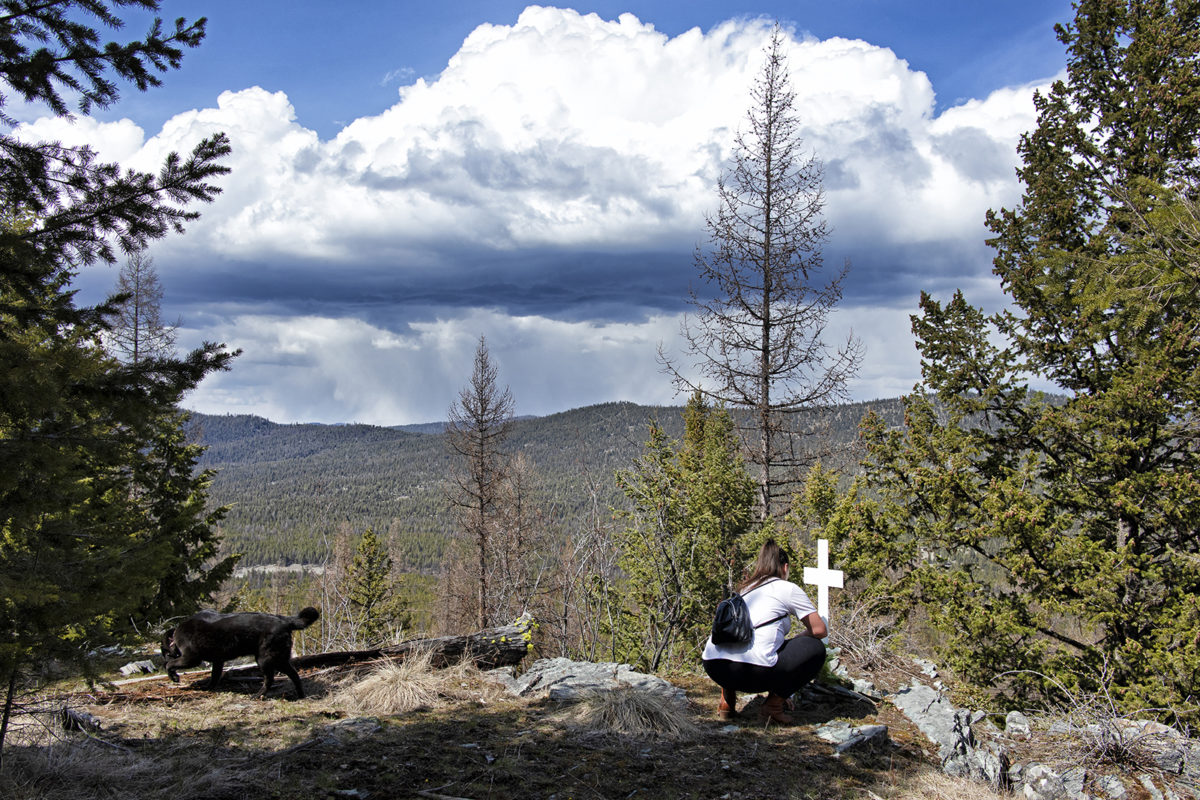
For five years, Shelley Giebeig has wondered about the identity of Cliff Doe, the nickname given to human remains discovered nearly 20 years ago at the bottom of a steep and rocky precipice near Marion. The case had been cold for years until Giebeig, a detective’s secretary and deputy coroner for the Flathead County Sheriff’s Office, started digging into it in her free time.
A few years ago, after reading about how DNA was used to track down a notorious serial killer in California, Giebeig enlisted the help of the DNA Doe Project, a volunteer effort that uses genetic genealogy to identify John and Jane Does — placeholder names assigned to a human body that cannot be identified. But even with a team of volunteers trying to ascertain the identity of Cliff Doe, they couldn’t crack the case. That is, until one January day this year, when Giebeig opened an email from Ruth Foreman, one of the DNA Doe Project’s lead volunteers.
“We’ve made a bit of a breakthrough,” Foreman wrote.
She explained they needed additional information — specifically, more DNA. Foreman had a list of five people who had submitted DNA samples to one of the popular genetic testing sites, such as Ancestry and 23andMe, who could be a possible relative of the man found at the bottom of the cliff in Marion. Due to privacy policies, however, that genetic information could not be used by law enforcement or the DNA Doe Project until it was uploaded to a publicly available site. Foreman asked Giebeig if she could call up the five people and see if they could make that information available. Giebeig agreed and started working her way down the list, leaving messages with each of them asking to call her back. A few minutes after leaving the last message, Giebeig’s phone rang.
Giebeig was hopeful that maybe, just maybe, the caller on the other end of the line was a distant relative of Cliff Doe and that his DNA would help them get just a little bit closer to finding out who he was.
“I was trying to ramble off who I was and why I was calling before they hung up,” Giebeig said. “I explained why we needed him to upload his DNA and then I said, ‘I guess I should also ask if you have anyone in your family who is missing?’”
“Yes,” the man replied. “My son.”

It was the opening day of hunting season in October 2003, but the game trails had gone cold on Ed and Bonnie Peter when they decided to stop for lunch. They were wandering in a plot of private forestland owned by a timber company that in those years was still open to hunters and hikers just south of U.S. Highway 2 near Marion, about 30 minutes west of Kalispell. They found a rocky outcrop with a view of the rolling mountains to the north and sat down to eat. At one point during their lunch, Ed looked down and saw a weather-beaten bag, frayed and ripped from what looked like years in the elements. Inside was a Smith & Wesson .22 caliber semi-automatic pistol.
Ed thought it was odd that someone would ever leave their gun abandoned in the woods — after all, a piece like that could cost a few hundred dollars — so he joked to Bonnie that whoever owned the gun was probably down at the bottom of the cliff they were sitting atop. Realizing there might be some truth to the offhanded remark, Ed and Bonnie skirted the bottom of the ledge and started to poke around. They quickly found a water bottle, then the tattered remains of a shoe and a human skull. Stunned at their discovery, the couple briefly discussed what they should do.
“We almost didn’t tell anyone,” Ed said. “But then I thought, you know, if it was our kid out there we would want to know what happened to them.”
After Ed and Bonnie called 911, officers from the Flathead County Sheriff’s Office descended on the scene and began to search the area around the cliff for more clues. In the underbrush, they found more bone fragments, as well as a butterfly knife, a small plastic Aleve bottle, a hand-held electronic poker game, a book, a ragged fanny pack, coins, sunglasses, .22 caliber bullets and a marijuana pipe. What they did not find was an identification card telling them who this person was.
Detectives searched for clues to determine how long the human remains had been at the site, narrowing it down to a timeframe spanning May 1995 and October 2002, thanks to items like the gun (first produced in 1987), the Aleve (1994) and the Adidas shoes (1995).
The skull, which was mostly intact, and the other bones found at the bottom of the cliff were sent to the Montana State Crime Lab in Missoula, but a report by the deputy state medical examiner was inconclusive on the cause of death. The report stated that a hole in the skull above the right ear could have been caused by blunt force trauma, but what caused that is unknown. A fall? Foul play?
Examining the skull, authorities estimated broadly that it had belonged to a male between the ages of 21 and 36 who stood between five feet five inches and five feet ten inches tall. Another even broader analysis a year later, this time by students from the University of Montana’s Department of Anthropology, estimated that the man was between the ages of 33 and 60 and stood between five feet five to six feet two inches tall. The UM students also produced a facial reconstruction that was later distributed to the public to see if anyone recognized him. No one did. The case grew colder with each passing year and was nearly forgotten about until Shelley Giebeig rediscovered the Cliff Doe file back in 2017.
Other than a detective’s efforts to comb the area with a metal detector in 2011, the case hadn’t had any developments in the 14 years since Cliff Doe’s initial discovery. When Giebeig first heard about the case she was immediately fascinated by the mystery and started working on it in her free time. She combed through the case files and updated all the case’s available information into a national database for missing people.

Then, in 2018, she heard about the DNA Doe Project, which uses genetic information to identify missing people. Volunteers use DNA obtained from unidentified people and compare the sequencing to publicly available genetic databases. However, such work doesn’t come without its challenges. For example, sites like Ancestry and 23andMe have privacy policies restricting access to their databases, even in the case of law enforcement officials trying to solve crimes. However, those sites will not stop someone from taking their own DNA information and uploading it to a site like GEDmatch, an online service that gained widespread attention in 2018 when it helped crack the decades-old cold case of the Golden State Killer, a California serial killer responsible for at least 50 rapes and 13 murders.
Armed with Cliff Doe’s DNA, project volunteers got to work looking for matches and trying to create a family tree for the missing man. While the DNA Doe Project volunteers mined their database, Giebeig tried to bring more attention to the case. In the summer of 2020, a story in Flathead Living and an episode of the Crime Junkies podcast brought in a number of tips and theories, Giebeig said, but no new leads.
So when she received the email from Foreman, the lead volunteer with the DNA Doe Project, notifying Giebeig they’d shortlisted five possible blood relatives of Cliff Doe’s, she was understandably excited. Foreman instructed Giebeig to call them up and explain that if they could upload their DNA data files to a public online database, the volunteers could keep building the family tree. Foreman said they were close to narrowing down an identity and, while Giebeig was optimistic, she wasn’t expecting the response she received when she called up David Gooch in Washington.
After explaining who she was and what she was doing, Giebeig asked the most important question of all: Is there anyone in your family missing? Turns out, there was, David Gooch said. The following morning, David uploaded his DNA profile onto GEDmatch and within a few hours, DNA Doe Project was able to confirm that David Gooch was the father of Cliff Doe, aka: Steven Edward Gooch.

Steven Edward Gooch was born at Loring Air Force Base near Caribou, Maine, in 1966 to David and Georgia Gooch.
David was from Indiana and Georgia was from Oregon. They met in 1964 in California and married soon after. At the time David was in the U.S. Air Force and the couple spent much of their early years together bouncing around the country. But crisscrossing the country didn’t prevent them from having a family. Steven was the middle child. Steven’s earliest years were spent living on different military bases around the country but by the mid-1970s, the family settled in the Seattle area.
The outdoors were an important part of the young family’s life and they would often go camping on the Pacific coast or up in the Cascades. Steven loved to tie fishing flies even though the family almost never went flyfishing. Steven’s flies would usually end up in his own collection or used by one of his uncles.
“Steven was such a good little guy,” Georgia said of her son.
Georgia said her son struggled in school, but that he loved to read, especially science fiction, a fandom that he inherited from her. Among their favorite books were those by author Robert A. Heinlein, who is often called “the dean of science fiction.”
Steven would never finish high school but later earned his GED. It was at about that time that Steven started spending more time with people his parents didn’t approve of. Georgia said it appeared he struggled with addiction in his late teens and early 20s, most notably gambling. It wasn’t unusual for him to owe people money.
He eventually got a job at a window installation company and moved into an apartment. It was there that he met Lisa Caribo, a young woman from the Philippines. The two hit it off early and got married around 1990. They soon had a daughter, Carlenn.
But fatherhood did not bring any more stability to Steven’s life and eventually he and Lisa would separate. In 1995, Steven decided to move south.
“I think he thought if he left town it would all change for the better for him,” recalled his sister, Lyndal Balliet.
The best the family can tell, Steven ended up around Blythe, Calif., at some point in 1995. David said he last spoke to him in the summer of that year when his son called asking for money and gave an address for that part of California. Steven also asked his sister for money in December of that year, but after that, no one heard from him again. In 1996, after not hearing from her brother in a while, Lyndal called the gas station Steven had been working at to see where he was. The attendant at the gas station said Steven had quit and bought a bus ticket to go to Las Vegas.
It’s unknown whether he ever made it to Las Vegas, or how his remains ended up at the bottom of a cliff in Montana eight years after he left home.

When David got the phone call from Giebeig asking that he upload his DNA so that they could possibly identify his son, he didn’t immediately tell his wife — after wondering what happened to their son for 27 years, he figured there was no need to get anyone’s hopes up. A few days later, when David got a second call confirming that the remains found west of Kalispell were his son, he finally told Georgia. She said she felt a mix of emotions.
“It was a relief,” she said. “But it also didn’t feel real. It felt like one of those stories you read about in magazines.”
Georgia said looking back at some of the last times she saw Steven, she could tell that “he was searching for something.” At first, it didn’t seem unusual that Steven hadn’t reached out to his family when he went to California — although he was friendly and could be outgoing around friends, he was also very introverted at times. But after a while, Georgia said she knew something happened to her son and that she most likely would never see him again.
In April, David, Georgia, Lyndal and Steven’s daughter Carlenn all traveled to Kalispell to retrieve the remains. The day after a small, private memorial service, the family came to the Flathead County Sheriff’s Office where they met with the hunters who found the remains in 2003, some of the detectives who first investigated the mystery and Giebeig, the person responsible for reopening the case and bringing everyone together.
After sharing photos of Steven and talking about the type of person he was, the conversation moved to what happened to him. Because of a lack of evidence, authorities had never been able to conclusively rule out homicide as the cause of death. Suicide was another theory, but, again, there is no definitive evidence. Detectives also said that, since Steven’s gun was found inside the backpack, it seemed unlikely that he had used it to harm himself.
Lyndal said that Steven was allergic to bees and that years earlier when he was younger they actually had to take him to the hospital after he got stung. One of the detectives said it wouldn’t be unusual for bees to be in the area that Steven was found. As the conversations continued, most people in the room seemed to settle on the conclusion that what happened was a terrible accident.
“I think he was going for a hike and having a good day until he fell,” Ed Peter said.
As everyone talked, Giebeig went to the evidence room to retrieve the items that were with Steven when he died, including a science-fiction book, a knife, the gun, sunglasses and more. Giebeig said the family could take whatever they wanted except for the gun, which is still being kept just in case more evidence is discovered. Steven’s daughter Carlenn took the sunglasses and said they were similar to the ones she remembers him wearing when she was young.
After Steven left in the mid-1990s, Carlenn and her mother didn’t see Steven’s family much. It wasn’t until a few years ago that she reconnected with her biological grandparents. Carlenn said she always wondered what happened to her father and why he left her.
That afternoon, everyone headed west toward Marion. Just west of there on U.S. Highway 2, they turned south onto Red Gate Road and met someone to unlock the gate that guards the land now. The caravan of cars roared down the dirt road a few miles before turning off onto an even more primitive trail — more ATV trail than a road. The caravan slowly drove around and sometimes over the trees that sprouted up in the nearly two decades since Steven’s remains were found. Ed Peter was in the lead car and stopped when he thought he was in the right spot. Everyone got out of their cars to take in the landscape — the same one Steven saw all those years ago. Although the trees were taller, it was still possible to steal glimpses of the rolling hills that mark this part of the state.
Ed pointed up the hill toward the cliff where Steven was found and said it’s a 15- or 20-minute hike — mostly due to the steepness of the hill and the undergrowth. Steven’s parents and sister opted out of going up, but Carlenn said she wanted to see it. She grabbed a bouquet of flowers and followed Ed and Giebeig up.
At the top of the cliff was a small white cross. Ed put it up the year after Steven’s remains were found and he repainted it a few times since. Even before he knew the identity of the man found there, he believed that there should be some sort of marker for him. As they stood near the marker, Ed repeated his theory that Steven was probably enjoying nature when he just fell.
“I’ll tell ya what, I’d rather die here than anywhere else,” he said.
Carlenn kneeled by the cross and placed the flowers on the ground. She said seeing the site where her father most likely died helped bring closure to one of the biggest mysteries of her life.
Giebeig had been to the spot once before, back in 2020, when she hiked in with a reporter working on a story about the case.
“When we were here last, I never thought we’d actually know who died here. To be here now with Steven’s daughter… It’s wild,” she said.
Although the biggest mystery of the case is now solved, Giebeig said she still wanted to keep pushing the investigation forward. She planned on reaching out to authorities in California and Nevada to see if there are any records of Steven. Staff at the Flathead County Sheriff’s Office are also digging into old records from the 1990s — all of which are on paper — to see if they had any interactions with him.
“I want to follow the bread crumbs as far as I can to see what else we can learn,” she said.
But for Georgia, Dave, Lyndal and Carlenn, they already have all the answers they need: Steven has been found.
After hiking back down to the trail, everyone gathered for a group photo before heading their separate ways. As everyone said goodbye, Georgia brought Giebeig in close and gave her a hug.
“Thank you,” she quietly said. “You’ll never know how much this means to us.”